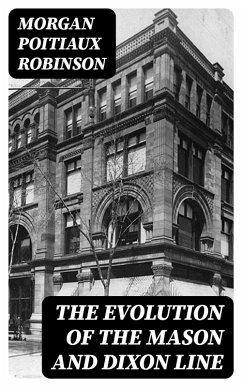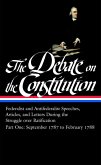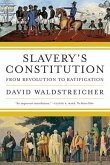In "The Evolution of the Mason and Dixon Line," Morgan Poitiaux Robinson intricately weaves a narrative that explores the historical, cultural, and political significance of this pivotal boundary between the North and South. Employing a blend of meticulous historical analysis and vivid storytelling, Robinson examines how the Mason-Dixon Line came to symbolize not just a geographical divider, but also the ideological rifts that defined a nation on the brink of civil war. Through rich illustrations and compelling anecdotes, the book situates the line within a broader context of American identity, race relations, and the complexities of statehood in the 18th and 19th centuries, making it essential reading for scholars and enthusiasts of American history alike. Morgan Poitiaux Robinson, an acclaimed historian specializing in American borderlands, draws on a wealth of archival research and interdisciplinary methodologies in his scholarship. His personal background, rooted in both Northern and Southern heritage, informs his unique perspective on the lingering legacy of the Mason-Dixon Line, a topic he has navigated throughout his career. Robinson's passion for uncovering hidden narratives in American history drives his examination of how such geographical demarcations can influence collective memory and identity. I highly recommend "The Evolution of the Mason and Dixon Line" to readers who seek a deeper understanding of America's historical complexities. This book is not only a vital contribution to historical scholarship but also a thought-provoking commentary on how geographical lines still shape societal divisions today. Robinson's engaging prose invites readers to reflect on the enduring impact of the past, making this work indispensable for anyone interested in the intricate tapestry of American history.
Dieser Download kann aus rechtlichen Gründen nur mit Rechnungsadresse in A, B, BG, CY, CZ, D, DK, EW, FIN, F, GR, H, IRL, I, LT, L, LR, M, NL, PL, P, R, S, SLO, SK ausgeliefert werden.









